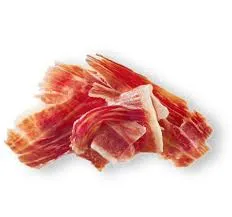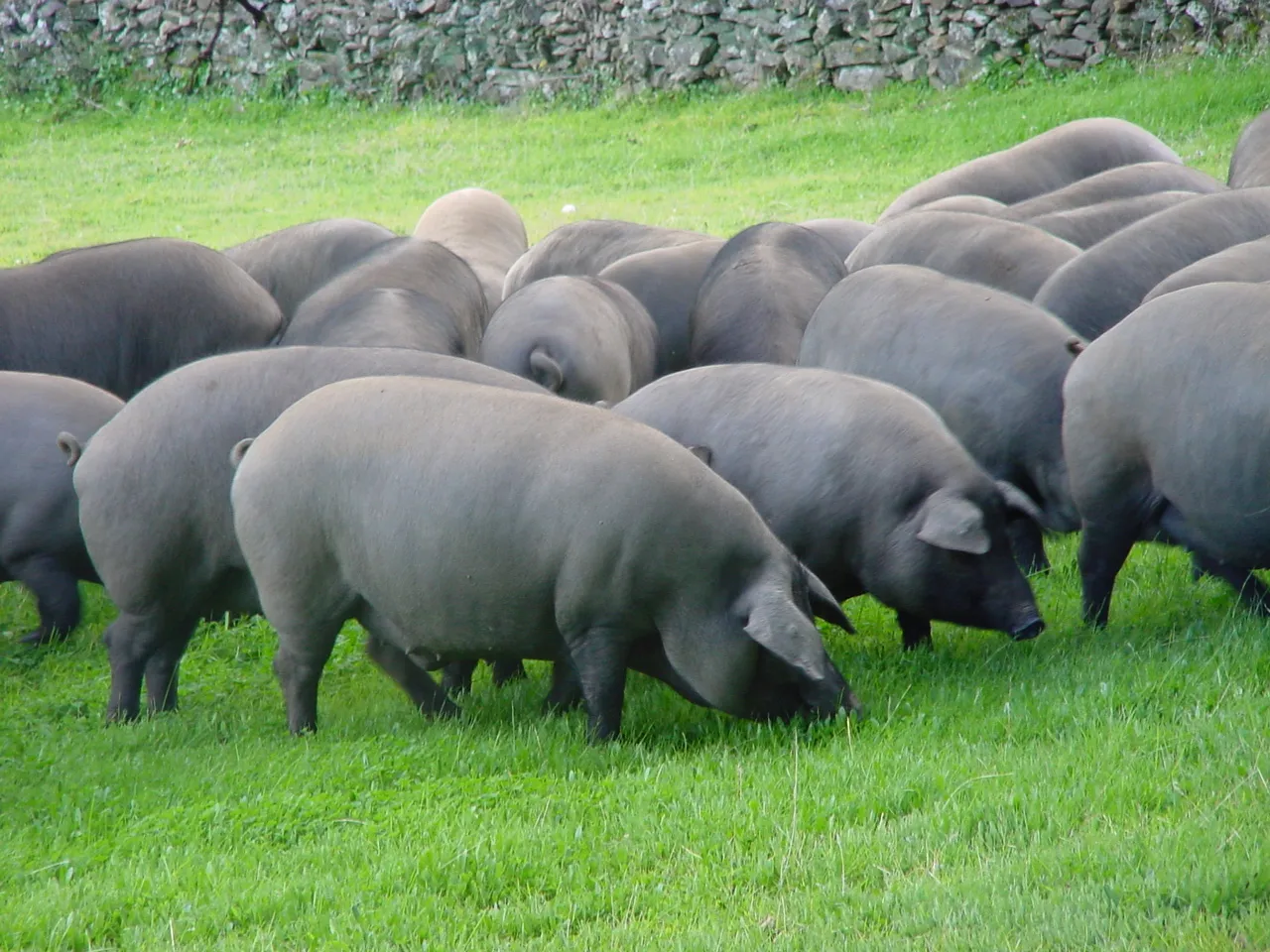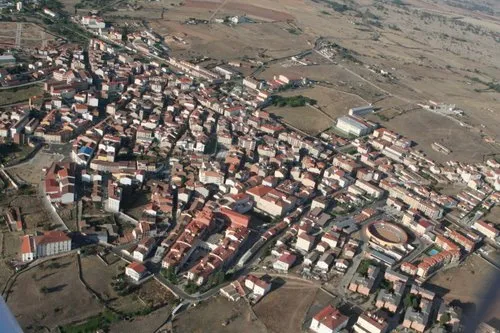
El jamón (o anca, pernil, pierna) es el nombre genérico del producto alimenticio obtenido de las patas traseras del cerdo.
En España, la preparación más habitual del jamón es salado en crudo y curado de forma natural. Las patas delanteras del cerdo, pese a tener un proceso idéntico de elaboración, reciben el nombre de paleta o paletilla. También reciben el nombre de "lacón"; palabra que se aplica exclusivamente a la paleta o paletilla de cerdo. Las dos variedades más conocidas de jamón curado son el de España (jamón ibérico, jamón serrano) y el prosciutto italiano

Jamon Serrano With a Quality Guarantee
Jamón Serrano cured ham is served in every part of Spain. Although some regions have a longer tradition of producing Jamón Serrano than others, the production of Serrano ham is not limited to a certain geographic area. Serrano jamón has become ingrained in the customs and traditions of all Spanish regions. There may be small production variations or subtle contrasts, depending upon the area and the manufacturer. But it is all Jamón Serrano.
A bit of history
Since antiquity Spaniards have produced dry-cured hams. The first written references date back to the Roman Empire. From the very beginning, production of this type of ham has been uncomplicated - taking what nature provides in order to preserve and enrich pork: nothing more complex than sea salt, the correct environmental conditions and time. Historically speaking, fresh ham was cured in mountainous areas with moderate climates that are warm and dry in the summer and cold in the winter. Mountain, or “sierra” (serrano), air favored gradual aging of the meat. This was aided by a preliminary application of sea salt. Ham processing started during the first weeks of November, at the start of the winter. For centuries families sacrificed and butchered the pigs that they had bred and fattened domestically. This ritual is called the “matanza”; an occasion for a celebration in which all family members participated. Note that the Spanish word for "to slaughter" is sacificar – “to sacrifice” – reflecting quite a different concept of respect for the animal than the English word slaughter suggests. The hams were initially covered in sea salt to begin the curing process. After several days, the hams were washed and then hung in curing sheds with sufficient ventilation. There the hams receive the mountain air, whose qualities vary as the seasons change. After about a year this process yielded dry cured Serrano hams that were sufficiently cured for consumption, without any kind of additive or additional handling.
Qué sabrosos se ven

Un poco sobre Guijuelo

Guijuelo es un municipio y localidad española de la provincia de Salamanca, en la comunidad autónoma de Castilla y León. Se distingue como el núcleo de población más importante del sureste del Campo Charro y se considera la capital o centro de servicios de la comarca de Guijuelo y la subcomarca de Salvatierra. Pertenece al Partido judicial de Béjar y a la Mancomunidad de Guijuelo y su entorno comarcal